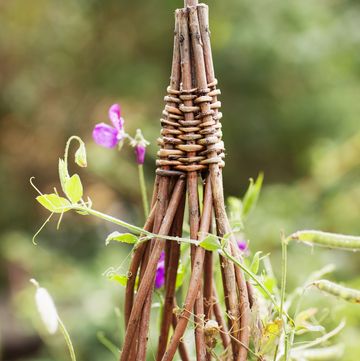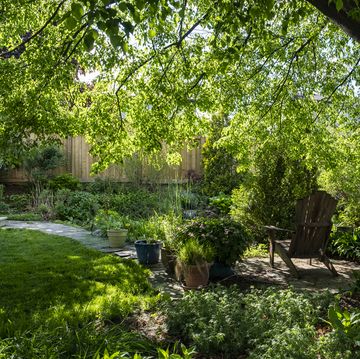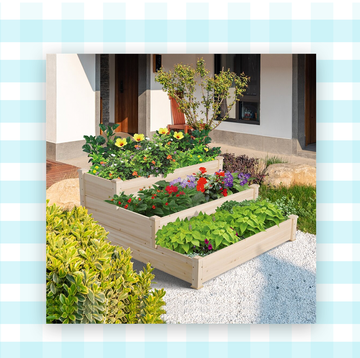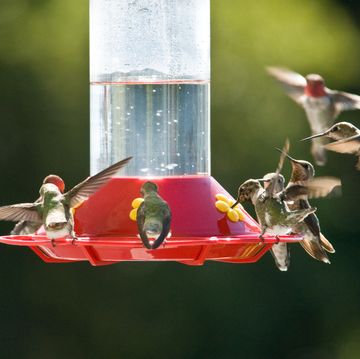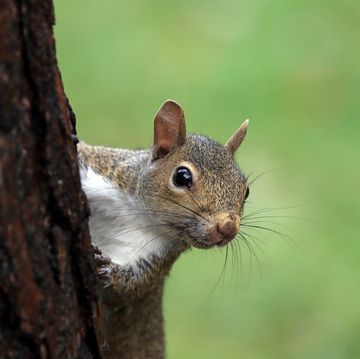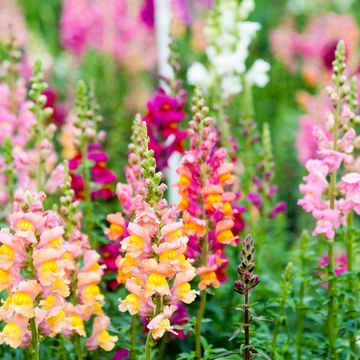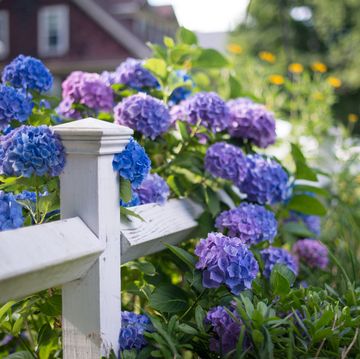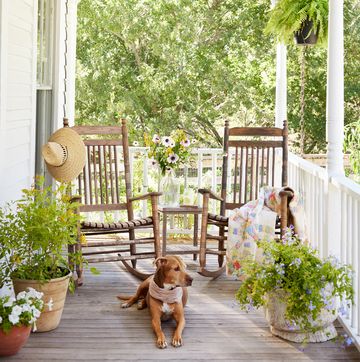The Best Grass Types for Your Most Luscious Lawn Ever
Here's how to maintain the prettiest lawn on the block
You’ve transformed your yard with colorful annuals, long-lived perennials, and beautiful flowering shrubs and flowering trees to add maximum curb appeal. You’ve also filled your flower beds with color, beauty and fragrance. With all your hard work, your garden has become a place you actually want to spend time!
But what about your lawn? If it’s looking raggedy, there are plenty of ways to improve the appearance and health of your grass.
For starters, do your homework. “You need to choose the right plant for the right place,” says Clint Waltz, PhD, turfgrass specialist at the University of Georgia. “Selecting the right kind of grass for your region and environmental conditions is crucial.
“For example, you can’t make Bermuda grass grow well in shade, so learn what will work best for your specific needs.”
If you’re unsure what kind of grass you have or what to plant, consult your local university coop extension service, which can offer guidance, says Waltz. (Find the one nearest you here.) Different cultivars of grass, or cultivated varieties, can perform differently depending on where you live, so it’s always smart to find out what types tend to do best in your region.
Ahead, here’s what you should know about the best types of grass, when to plant, and how to make your grass thicker:
Arricca Elin SanSone has written about health and lifestyle topics for Prevention, Country Living, Woman's Day, and more. She’s passionate about gardening, baking, reading, and spending time with the people and dogs she loves.
Watch Next

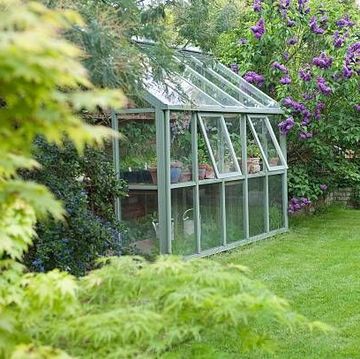
DIY Greenhouses You Can Build with a Kit

Aglaonema Is a Colorful Low-Maintenance Plant

22 Best Hanging Plants for Every Space

So You Want to Become a Flower Farmer?






